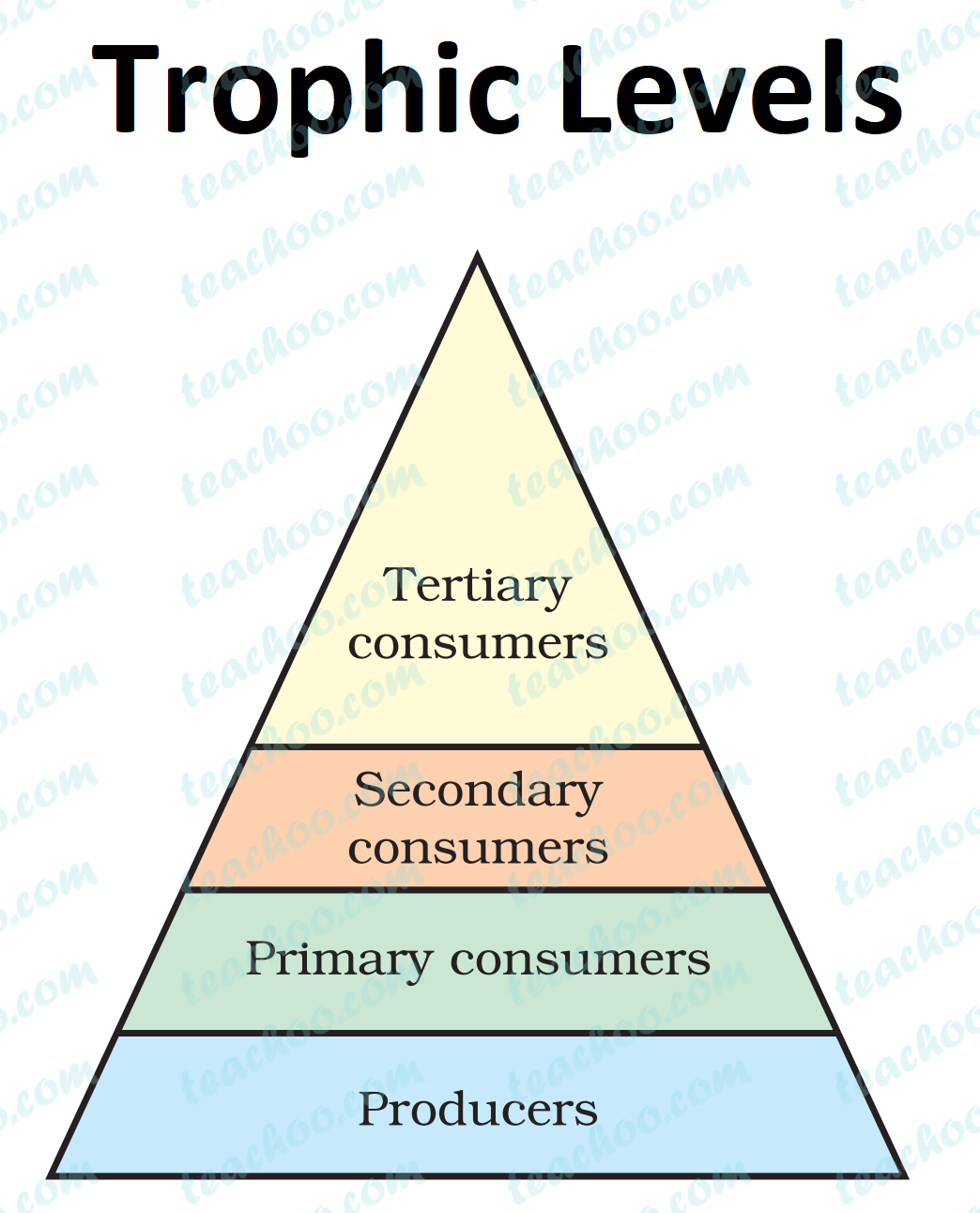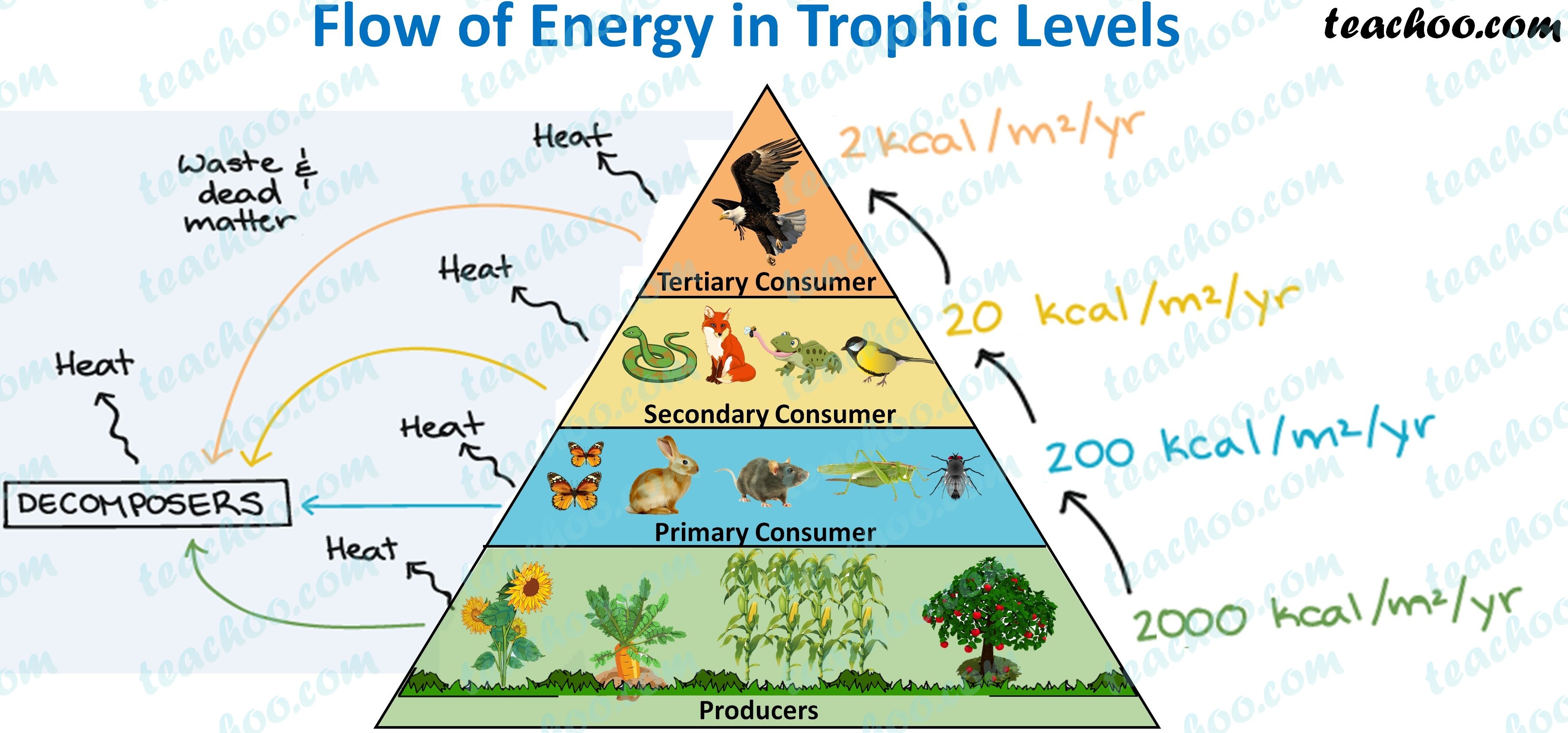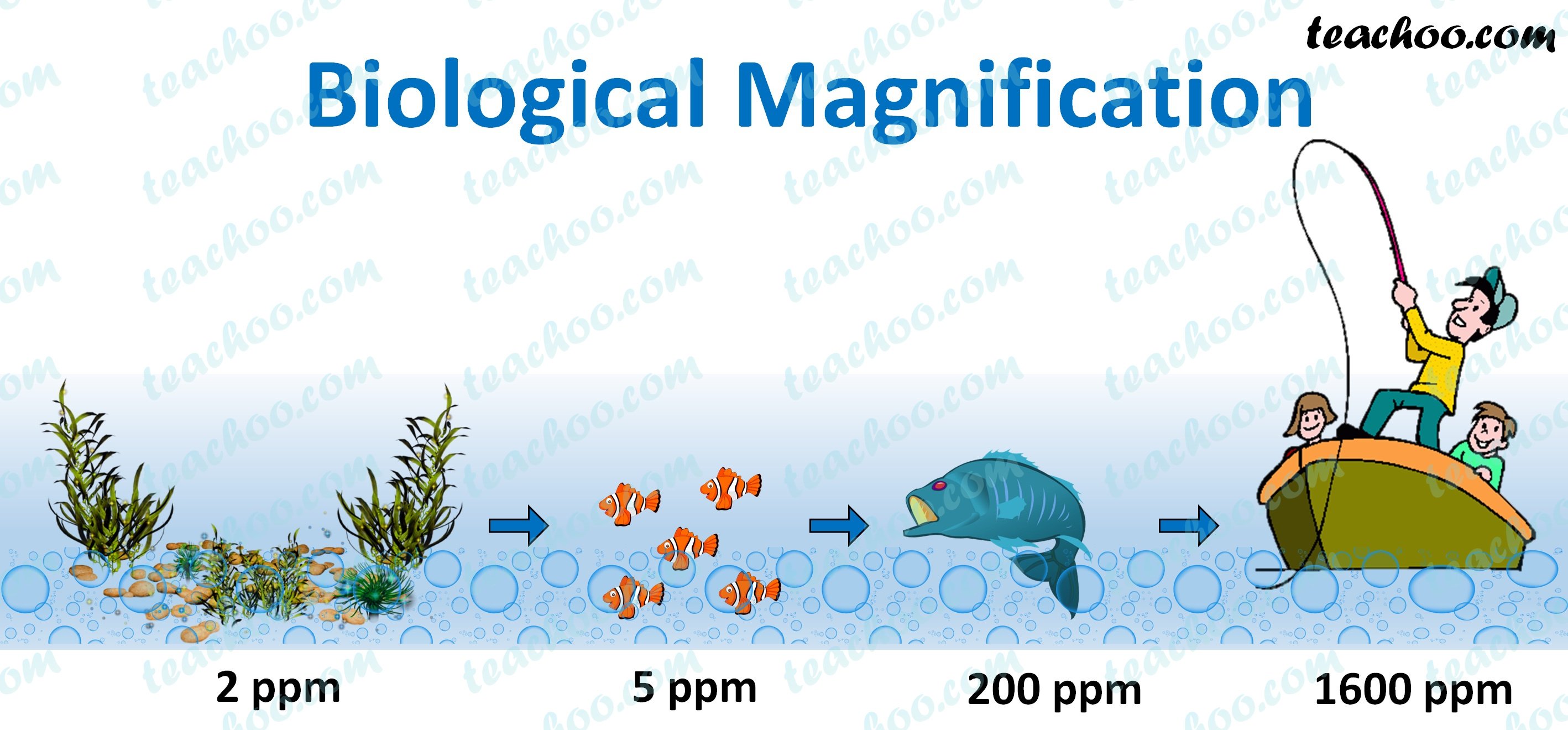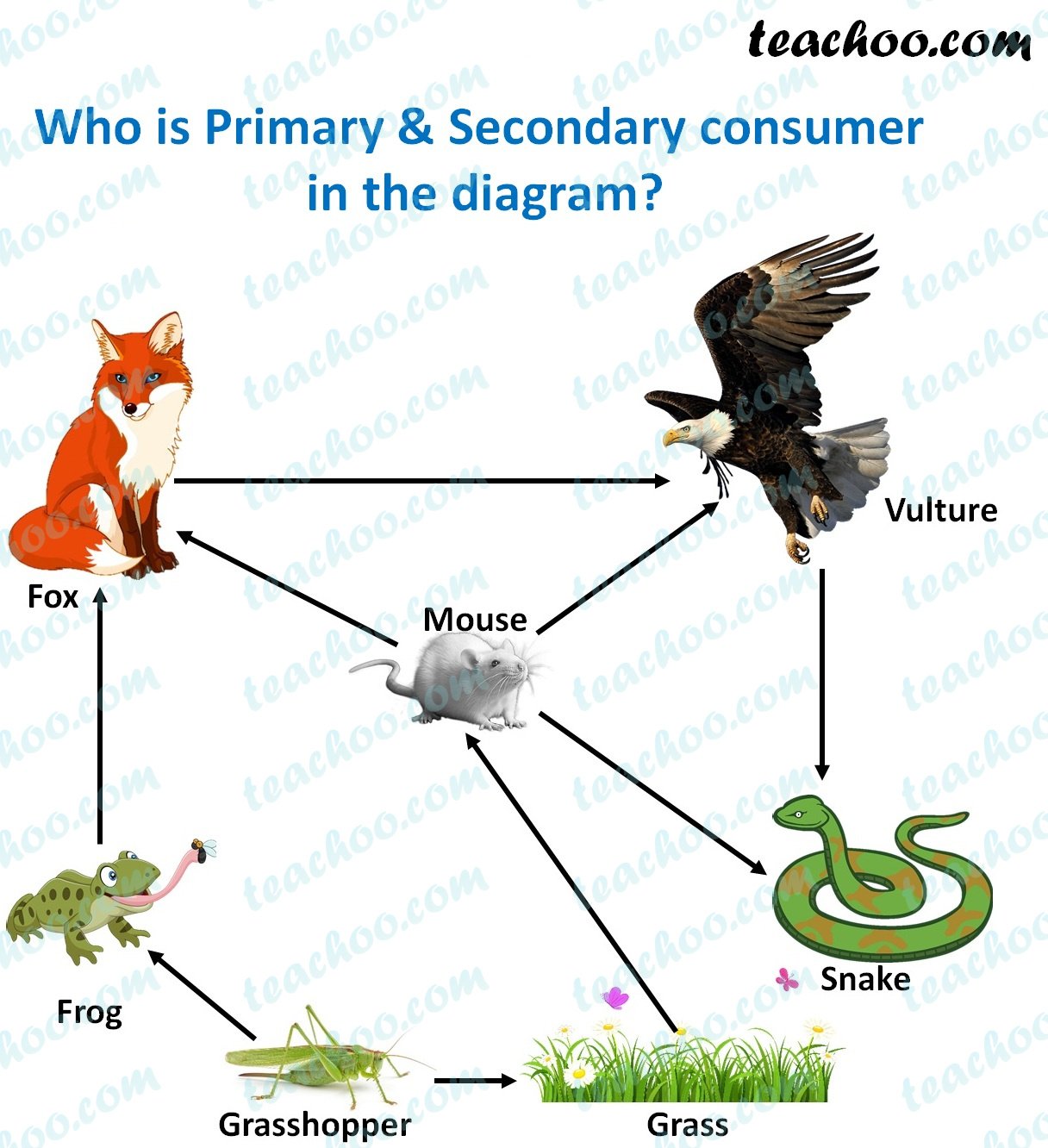Each step in the food chain is a trophic level.
Let’s took at this food chain
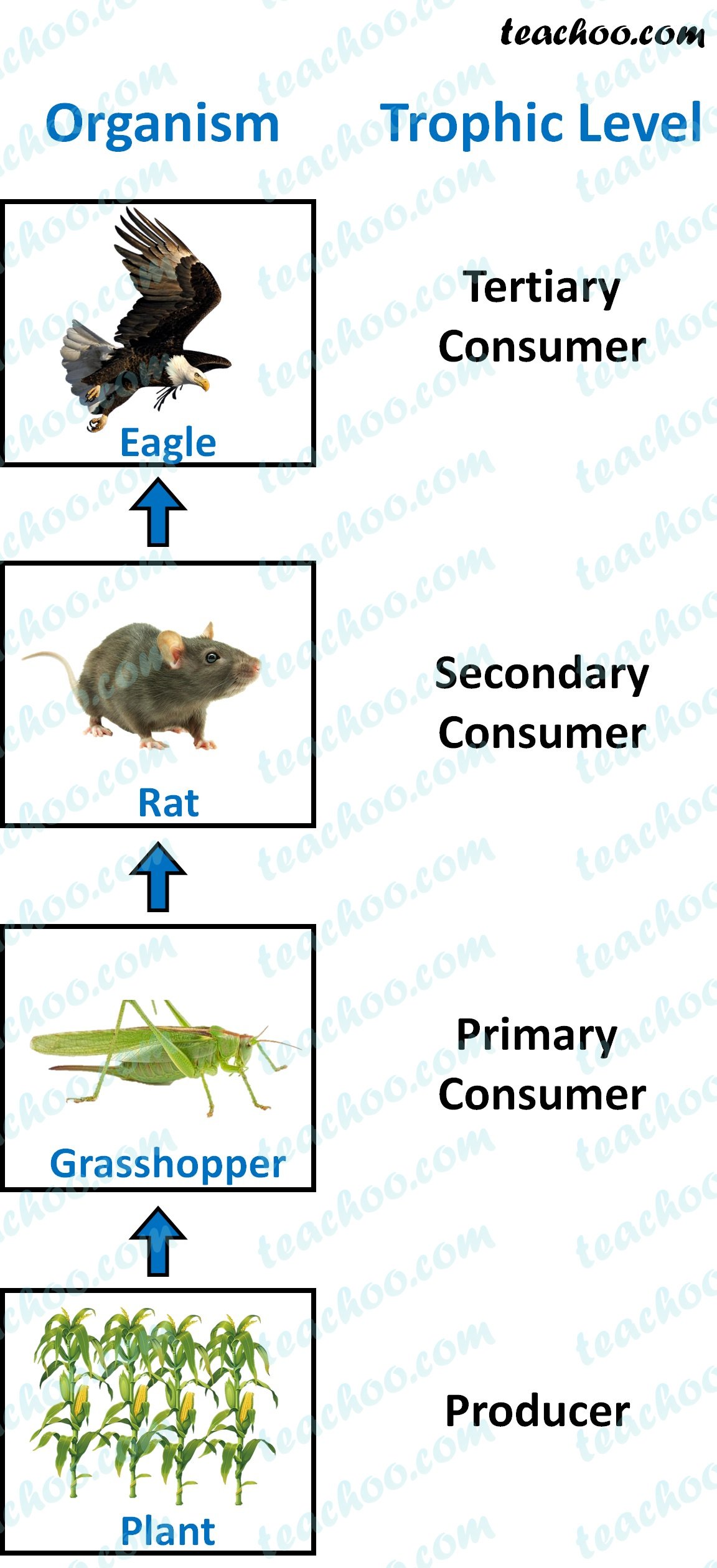
So, in this food chain
-
At the bottom level, we have the
producers.
They generate food to be eaten.
Example - Plants - The organisms that eat the producers are called Primary Consumers. They are Herbivores (plant eaters)
- The organisms that eat the Primary Consumers are called Secondary Consumers . They are usually carnivores.
- The organisms that eat the Secondary Consumers are called Tertiary Consumers . They are carnivores which eat other carnivores. Example - Eagles, Lion, Big fishes
What are Autotrophs?
Organisms which make their own food are called Autotrophs.
They are also called producers
They make food from the sun, and give it to the second trophic level - the heterotrophs
They form the first trophic level
What are Heterotrophs?
Heterotrophs are the consumers. They cannot make their own food and get their food by consuming other organisms.
They are different kinds, like
- Primary consumers
- Secondary Consumers
- Tertiary Consumers
They form the second, third and fourth trophic level.
Flow of Energy in Trophic Levels
Thus, we can see that Energy flows from one trophic level to the other.
And the energy gets converted from one form to another.
When one form of energy is converted into another form of energy, some energy is lost to the environment.
So, when Energy flows in the Trophic Level
-
The Producers capture 1% of energy from the environment and convert it into food energy.
-
When these green plants are eaten by primary consumers,
energy is lost as heat in the environment, energy required in digestion, in doing work, in growth, in reproduction.
Just 10% of the food eaten by primary consumers can be used by secondary consumers.
-
Similarly, 10% of the food eaten by secondary consumers can be used by tertiary consumers
-
Since so less energy is available for the next level of consumers, the food chains consists of only 3 or 4 steps.
- So, the greatest number of organisms is at the lowest level, and the number of organisms decreases after each level.
Why so much energy is lost when going from one trophic level to another?
The reason for inefficient energy transfer is
-
In each trophic level, a lot of energy is lost due to heat, energy required in digestion, growth and reproduction
- Not all the organisms in a trophic level get eaten by a higher trophic level. Instead they may die without being eaten.
Thus, to summarise
- Flow of energy is unidirectional - Energy from the Sun is converted into food from autotrophs. But, it cannot be converted back into energy from the sun. Similarly, plants eaten by herbivores cannot be converted back into plants. So, Flow of energy is in a single direction, not in a loop.
- Energy decreases by 10% in each level - So, if Producers have 2000 energy, Primary consumers will have 200, Secondary consumers will have 20, Tertiary consumers will have 2
Biological Magnification
The increase in concentration of harmful and toxic substances higher in the food chain, due to the presence of these substances in the lower levels is called biological magnification.
When producers make crops,
we put pesticides and other chemicals in the soil to protect our crops from diseases and pests.
These chemicals are washed down in the soil and water bodies.
From the soil, plants absorb these chemicals.
And from the water bodies, these chemicals are absorbed by aquatic plants and animals.
Since these chemicals are not degradable, they get accumulated in each trophic level.
And since human beings occupy the top of the food chain, the maximum concentration of these gets accumulated in our bodies.
This phenomena is called biological magnification.
Who are Primary & Secondary consumers in this diagram ?
Primary consumers are
- Grasshopper - Because it eats plants
- Mouse - Because it eats plants
Secondary consumers are
- Frog - Because it eats grasshopper
- Fox - Because it eats mouse
- Vulture - Because it eats mouse
- Snake - Because it eats mouse
Another important thing is - Biological Magnification
